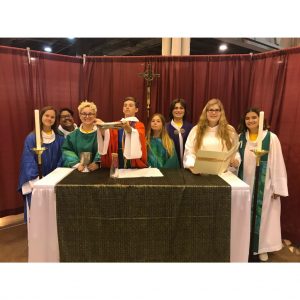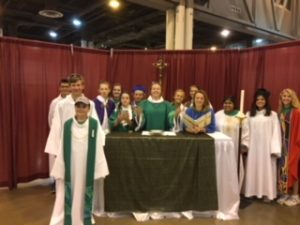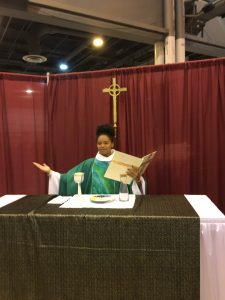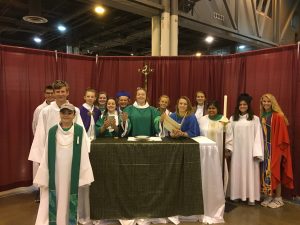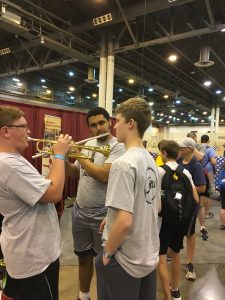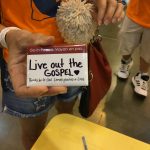Today’s post is by Philip A. Gardner, Pastor of Trinity Evangelical Lutheran Congregation in Sandusky, Ohio.
It was to have been “the war to end all wars,” but that was a dream that didn’t last long.
World War I began in Europe in 1914. Two years later, President Woodrow Wilson campaigned under the slogan, “He kept us out of war.” But that was short-lived. The United States entered the conflict in 1917, at a cost of over 100,000 lives before an agreement was reached on November 11, 1918, to end hostilities. Total war deaths are estimated at between 15 and 19 million.
Be it happenstance or serendipity, the 100th anniversary of Armistice Day, November 11, 2018, falls on a Sunday. It seems a perfect opportunity for a commemoration of those who served on all sides in one of the most brutal conflicts in human history. It also offers an opportunity to raise up the hope of peace even as other wars continue, notably those in Syria, Yemen, and Afghanistan.
Our congregation worships at 8:00 and 10:30 am each Sunday, and I am planning a regular service at 8:00 using the appointed texts for the day (Lectionary 32). But, given the tradition of tolling bells at “the eleventh hour of the eleventh day of the eleventh month,” we will offer a two-part worship opportunity at 10:30, with the bell toll in between.
The later service will open with a time of remembrance. Interwoven with Scripture and song will be snippets of the history of the war. Canadian Anthony Hutchcroft has written and performed a marvelous setting for the poem “In Flanders Fields,” having produced a video available on YouTube with dancing choreographed and directed by his wife Lee Kwidzinski. We’ll show the video as part of the war commemoration. Our congregation has also contacted our local American Legion Auxiliary to secure small paper poppies for all who attend. While in the United States poppies have been more associated with Memorial Day in May, our British and Canadian friends have employed them on and around November 11, which, for them, is called “Remembrance Day.”
Our carillon will offer the sound of a tolling bell for a minute at 11:00 am (done at local time,) joining in a “Bells of Peace” nationwide observance. See https://www.worldwar1centennial.org/546-events/bell-tolling/bells-of-peace/4558-bells-of-peace-concept.html for more information.
Then, indeed, we will turn to peace, using the texts suggested for “Peace” (Evangelical Lutheran Worship, p. 63). We have ordered copies of “World Peace Prayer” by Marty Haugen and Satish Kumar, intending to include it as either a choral or congregational piece. Likely the single meditation/sermon will take place in the second half hour. We will likely close with “This is my song.” (ELW 887). A peal of bell sounds from our carillon would be a fitting conclusion as candles are extinguished.
Additional resources for Veteran’s Day are available from the ELCA website. There will also be an interfaith observance on Sunday, November 11 at 10:00 am, at the Washington National Cathedral. I’m told that the service will be streamed on the Internet, and will likely be available via recording.
Options are many, but the observance seems worthy of our attention as God’s people, particularly as we lift up the One who is our Prince of Peace, our Lord Jesus Christ.

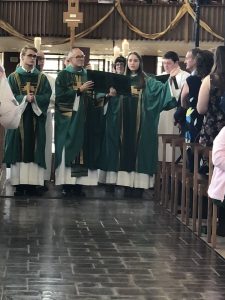
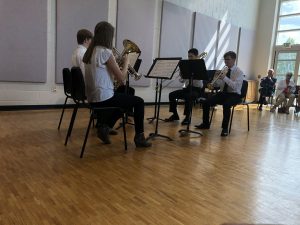 At LSM, a good part of each day is spent in music rehearsals. I was involved in band, orchestra, jazz band and a brass quintet. Each rehearsal was about an hour long; this could sometimes be tiring as I was a trumpet player. But due to this intense rehearsal schedule, I was able to build my endurance and become a better trumpet player.
At LSM, a good part of each day is spent in music rehearsals. I was involved in band, orchestra, jazz band and a brass quintet. Each rehearsal was about an hour long; this could sometimes be tiring as I was a trumpet player. But due to this intense rehearsal schedule, I was able to build my endurance and become a better trumpet player.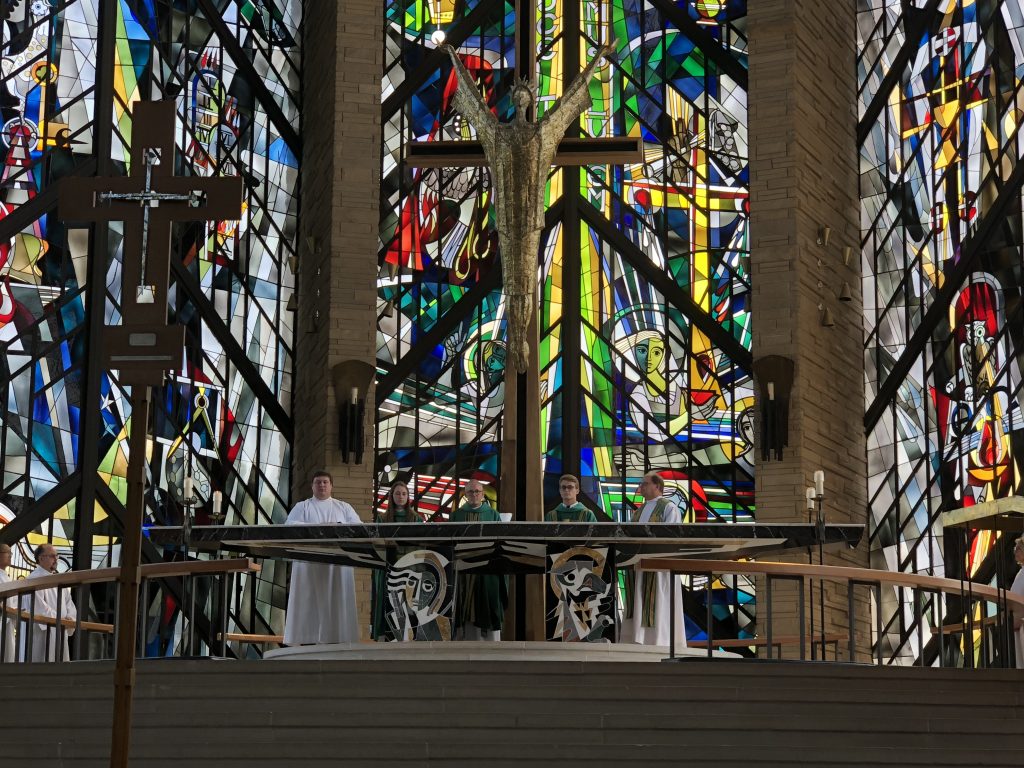
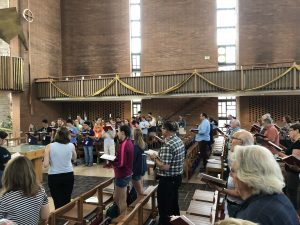 University in Valparaiso, Indiana. This continuing education event was a joint venture between the
University in Valparaiso, Indiana. This continuing education event was a joint venture between the 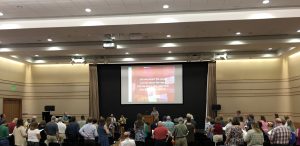 The group learning sessions were very informative and helpful. My church offers contemporary worship services so I found the inclusion of sessions related to presenting music in that type of setting to be a great addition. Throughout the event, participants were given access to a wide variety of materials and resources related to music leadership and worship planning. There were several that were of interest to me, such as the
The group learning sessions were very informative and helpful. My church offers contemporary worship services so I found the inclusion of sessions related to presenting music in that type of setting to be a great addition. Throughout the event, participants were given access to a wide variety of materials and resources related to music leadership and worship planning. There were several that were of interest to me, such as the 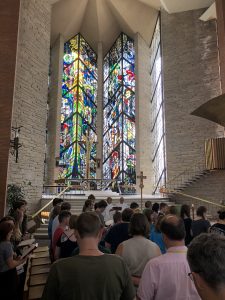 Another conference? Having served churches as a Minister of Music for more than forty years, what could this event offer other than a break from the day-to-day routine of church work and an opportunity to meet or reconnect with colleagues? From my first step into the Chapel of Resurrection at Valparaiso University, the answer was that this was going to be an exceptional experience. The concurrent programming of this ALCM event with the last week of the Lutheran Summer Music program united the hearts, hands, and voices of several generations of musicians. From the opening Eucharist, through Morning Prayer, Night Prayer, and the hymn festival, these LSM students lifted our worship to new heights as we together praised God through the gift of music.
Another conference? Having served churches as a Minister of Music for more than forty years, what could this event offer other than a break from the day-to-day routine of church work and an opportunity to meet or reconnect with colleagues? From my first step into the Chapel of Resurrection at Valparaiso University, the answer was that this was going to be an exceptional experience. The concurrent programming of this ALCM event with the last week of the Lutheran Summer Music program united the hearts, hands, and voices of several generations of musicians. From the opening Eucharist, through Morning Prayer, Night Prayer, and the hymn festival, these LSM students lifted our worship to new heights as we together praised God through the gift of music.
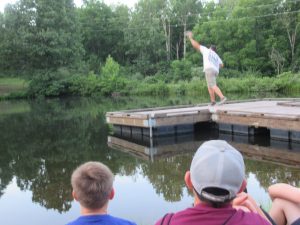
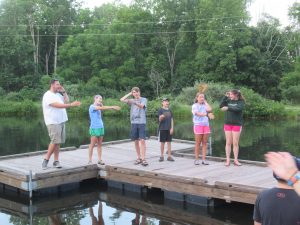
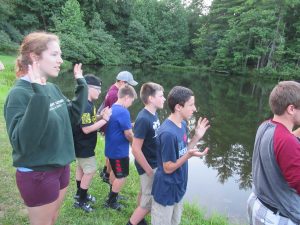 It has been my experience that a camp worship service can be very powerful. But as I write this, describing these worship experiences, I recall the words of one of my predecessors here at Mount Luther. Early in my tenure as director, I sat in the kitchen of Don and Betty Mincemoyer who served here in the 1960s. They related the camp mission to their staff in this way: “Every thought a prayer; every action a worship experience.” Having the chance to give expression to what the whole creation yearns to do—praising God from whom all blessings flow—is what we continually do every day as we swim, make crafts, eat meals, hike, and play games. Camp is a place where we continually make our thoughts a prayer and our actions a worship experience. And because of that worship, both on our lakeshores and in other spots of God’s creation, lives are changed as Jesus Christ is encountered in new and exciting ways.
It has been my experience that a camp worship service can be very powerful. But as I write this, describing these worship experiences, I recall the words of one of my predecessors here at Mount Luther. Early in my tenure as director, I sat in the kitchen of Don and Betty Mincemoyer who served here in the 1960s. They related the camp mission to their staff in this way: “Every thought a prayer; every action a worship experience.” Having the chance to give expression to what the whole creation yearns to do—praising God from whom all blessings flow—is what we continually do every day as we swim, make crafts, eat meals, hike, and play games. Camp is a place where we continually make our thoughts a prayer and our actions a worship experience. And because of that worship, both on our lakeshores and in other spots of God’s creation, lives are changed as Jesus Christ is encountered in new and exciting ways.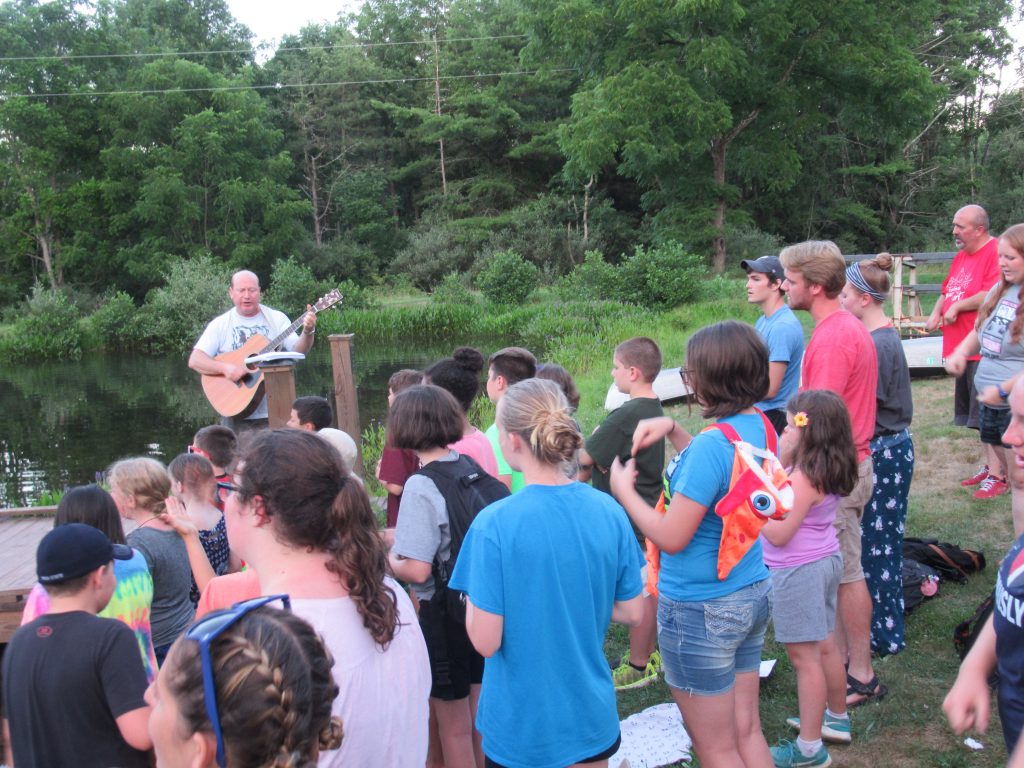
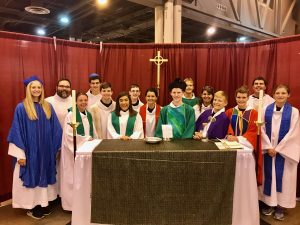 Sy Shipman (back row, third from left) worships at St. John Lutheran Church (Windfall) in Cardington, Ohio.
Sy Shipman (back row, third from left) worships at St. John Lutheran Church (Windfall) in Cardington, Ohio.

